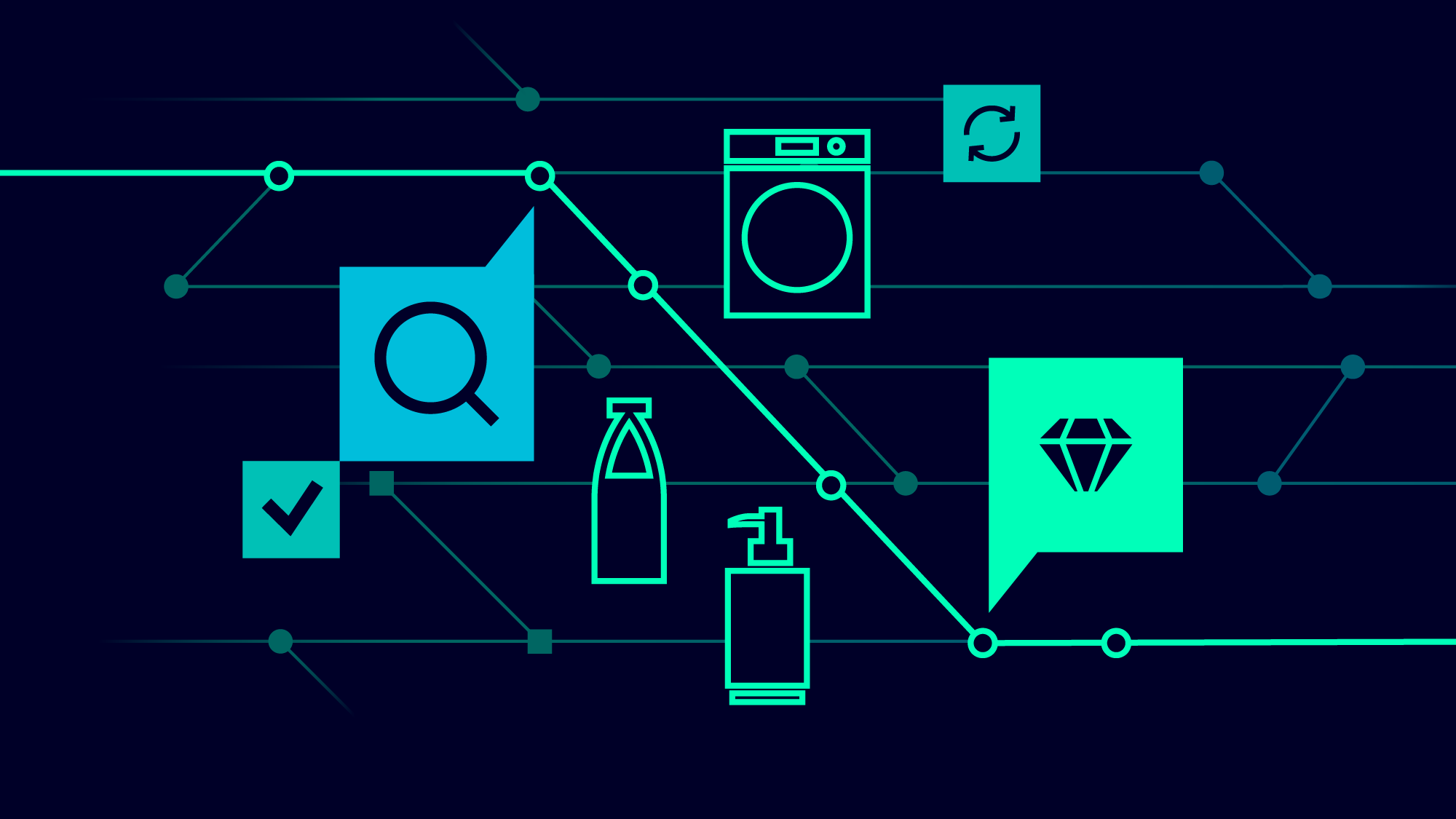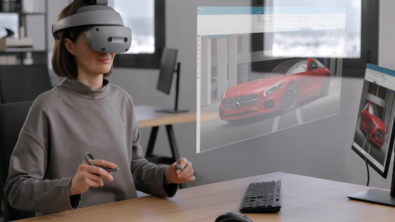An overview of digitalization in CPG

The exceedingly competitive consumer packaged goods (CPG) industry continues to remain resilient despite emerging trends that could significantly impact demand. These trends include shifts in consumer preferences, increased competition from the lowering of entry barriers, and a growing population worldwide.
CPG companies must confront these concerns while striving to improve profit margins, meet regulations, and satisfy consumer demands for greater levels of sustainability and transparency across the entire product lifecycle. Being ready for the forever-shifting CPG atmosphere requires an evolution of processes and technologies, which is why many companies in the industry have begun digitalizing their operations.
Consumer preferences
Historically, consumer preferences have never been consistent, but with Generation Z as a growing segment, there is a lack of loyalty across all categories has increased. As well, the UN predicts the worldwide population to reach 8.5 billion by 2030, with most of this growth driven by developing and emerging markets. Approximately 55 percent of these consumers live on $5,000 USD per year.
Managing these factors will require companies to do more than just adopt a few digital tools or digitalize certain aspects of the process. CPG may be a highly automated industry, but most of their automation systems are decades old. Manufacturers need production systems and machines that can guarantee speed and quality as well as flexibility so that they can quickly adapt to market changes.
Companies can also leverage digital twin technology, combined with manufacturing planning and manufacturing operations solutions early in the product lifecycle to help predict production feasibility and performance while minimizing downtimes and ensuring quality.
Supply chain
Supply chain risks such as oil price fluctuation, political crisis, and extreme climate negatively impact traditional supply routes. Additionally, contamination which is often caused by supply chain rifts, is a growing concern in the industry, especially in area of food and beverage, with around 1 in 10 people falling ill from eating contaminated food globally every year.
Digitalizing the supply chain to build a ‘control tower’ can address these challenges. Flexible supply chain planning solutions facilitate real-time information about shipping costs, tariffs, and materials costs enabling better informed decisions. As well, organizations can increase supply chain traceability through integrated lifecycle management solutions, IoT, and blockchain, which creates an immutable digital footprint.
Preparing for tomorrow’s problems today
Many companies in the CPG industry are reluctant to enhance and digitalize their processes. While continuing to “do things the way they have always been done” appears financially wise, it is not. The current landscape requires a revolution in the way companies develop, manufacture, and source their products.
The CPG industry needs to implement scalable digital solutions to meet both its current and future goals while overcoming obstacles that are primed to become more complex as the population grows, ecosystems evolve, and trends emerge.
Siemens Digital Industries Software helps organizations of all sizes digitally transform using software, hardware and services from the Siemens Xcelerator business platform. Siemens’ software and the comprehensive digital twin enable companies to optimize their design, engineering and manufacturing processes to turn today’s ideas into the sustainable products of the future. From chips to entire systems, from product to process, across all industries. Siemens Digital Industries Software – Accelerating transformation.


